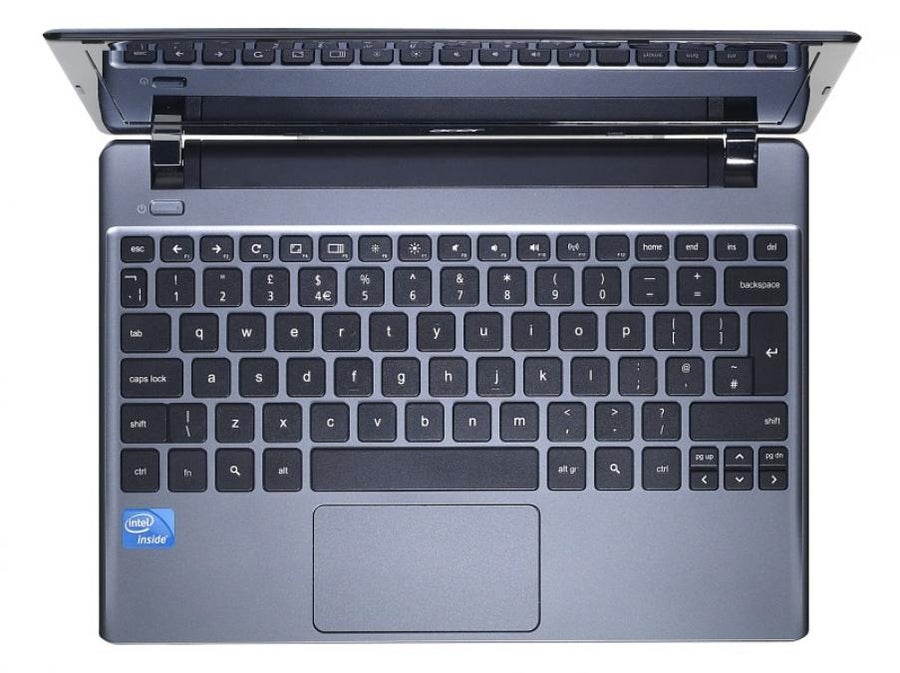Acer C7 Chromebook review
A great Chromebook with a proper 320GB hard disk, but poor battery life lets it down
When it comes to Chromebooks, you’d be forgiven for thinking that Samsung was the only manufacturer of the petite Chrome OS-running laptops, but that isn’t the case. Acer has also been manufacturing Google’s Chrome OS laptops since 2011, but its first and only incarnation of the Chromebook, the AC700, was quickly overshadowed by Samsung’s Chromebooks.
Acer’s new C7 Chromebook may redress the balance, however. With its updated hardware, improved build quality and a 320GB hard disk, the C710 might finally be a serious contender to Samsung’s latest incarnation of the Chromebook, the excellent Samsung Series 3.

It sets itself apart from its predecessor almost immediately with its dark grey exterior and keyboard tray and black glossy bezel surrounding its 11.6in screen. It still doesn’t quite match the stylish, silver tones of Samsung’s Chromebook, but it’s a vast improvement in terms of looks, with its brushed metal effect offering hints of personality in comparison to the dull, all-black plastic of the original AC700.
The C7 is also a fraction heavier than Samsung’s Series 3, weighing 1.4kg, but it feels well-made and sturdy enough to carry around in your bag. It’s almost 10mm taller as well, but this doesn’t detract from the C7’s overall portability, and its thicker waistline means there’s more room for wider range of I/O ports.

Along the sides, you’ll find three USB2 ports, a VGA and HDMI port for connecting it to an external monitor, and a combined headphone and microphone jack. Unfortunately, the C7 doesn’t support Bluetooth like Samsung’s Series 3 Chromebook, but its fast Ethernet port and 802.11n Wi-Fi will help you get the most out of Chrome OS.

The C710’s 1,366×768 TN panel is a bit on the dull side in terms of overall brightness levels. Similarly, its glossy finish makes it quite reflective, which limits how much you can use it outdoors or in direct sunlight, but its viewing angles were good and its large amount of screen tilt makes working on it for long periods of time easy.

Its black Chiclet-style keyboard was very comfortable to use. Its keys are well-spaced but, much like Samsung’s Series 3 Chromebook, the keys could have done with more bounce. The position of its Pg Up and Pg Dn keys was another minor annoyance, as they’re positioned right next to the C7’s miniscule arrow keys. As a result, we accidentally hit the Pg Up and Dn buttons instead of the Left and Right keys, but we’d happily type on the C7 all day despite these minor niggles.
It has two dedicated search keys that replace the standard Windows Home key. You still can’t use them to search through your Gmail account, but they’ll let you search the web, browse your apps and pinpoint your Google Drive documents – as long as you’ve opened them on the C710 before.
We also liked the all-in-one touchpad. It’s quite small, but it’s accurate and responsive, and it offered plenty of tactile feedback despite not having physical buttons. However, multi-touch gestures such as pinch-zooming proved a little more problematic and often took a few goes to implement properly. Two-finger scrolling worked like a dream.









